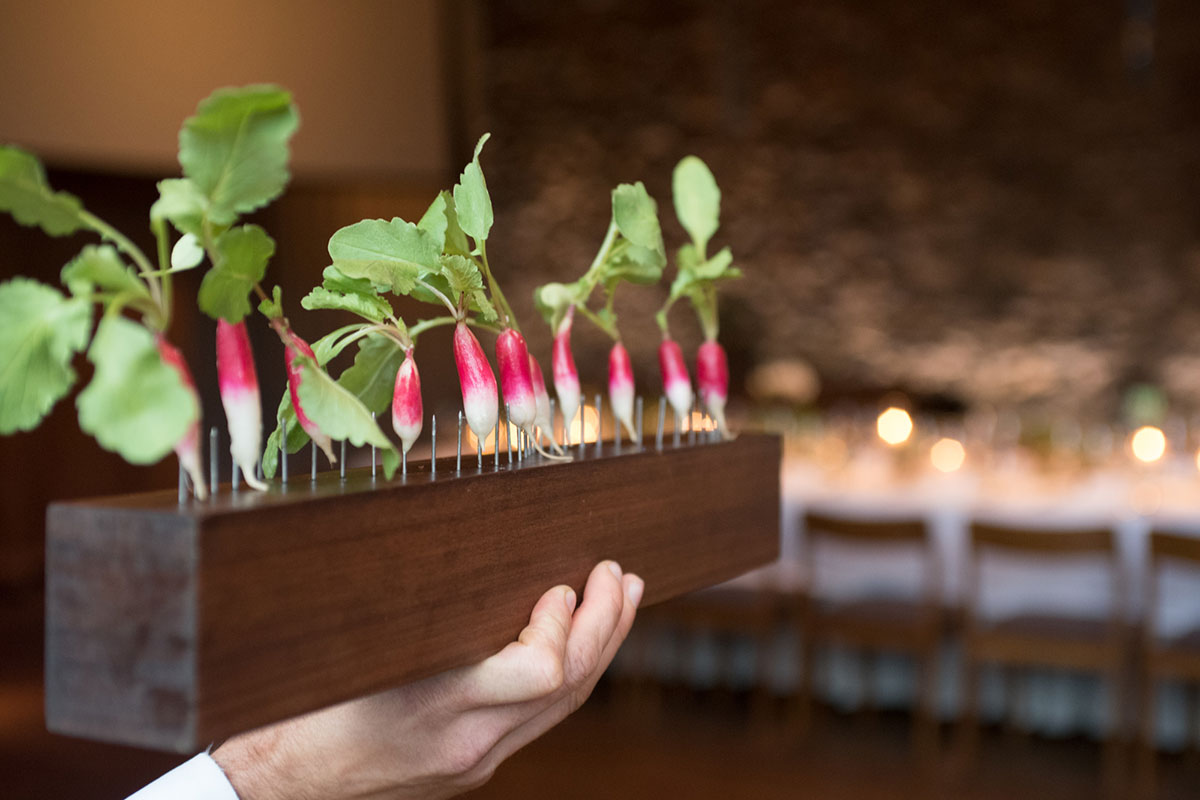Brian Halweil loves food: local, small town, coastal, you name it. And he wants us to love it too! As Editor-In-Chief of the much lauded Edible East End, Edible Brooklyn, Edible Manhattan and Edible Long Island magazines, Halweil is on a mission to inspire people to be more mindful of what they’re eating and where it comes from. As a core member of the team at the Stony Brook University Food Lab, Brian hopes that food education will be the next wave of innovation in the US. He shares with us a few of his best recipes for some much needed food literacy and his thoughts on how food education will work to better the state of our food systems and the health of our planet.
Can you tell us about your foray into organic gardening and your work at Stanford?
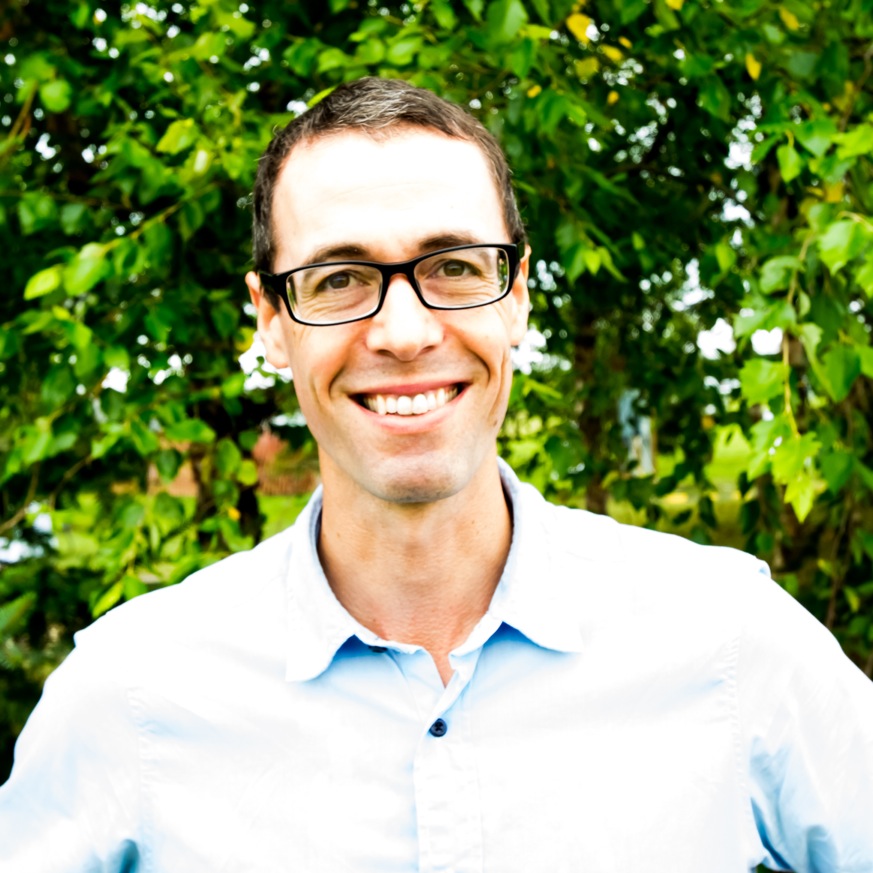
Brian Halweil via Brian Halweil
Midway through my college career I heard a lecture from the ecologist Paul Ehrlich. He said that agriculture was the single biggest way in which humans affect the planet. At that moment I realized I want to learn everything I could about how we grow food. I dropped out of Stanford and transferred to UC Davis. I immersed myself in plant pathology, soil science, Agronomy 101, farm entomology. I also started volunteering on one of the student-run farms on campus. And when I returned to Stanford I started building a coalition of teachers and students and staff to carve out a student-run farm on Stanford campus, which interestingly enough is called “The Farm.” I saw this as a place where students could get their hands in the dirt and eventually could take classes in small-scale farming, home gardening, agroecology and cooking. I’m proud to say that nearly twenty years later, after having been moved a few times to make way for golf courses and graduate housing, the farm is now endowed on a 6 acre parcel that will be protected into perpetuity. There are at least four courses that are offered on the farm and students and staff can sign up to have their own plot.
What inspired you to become Editor-in-Chief of Edible East End?
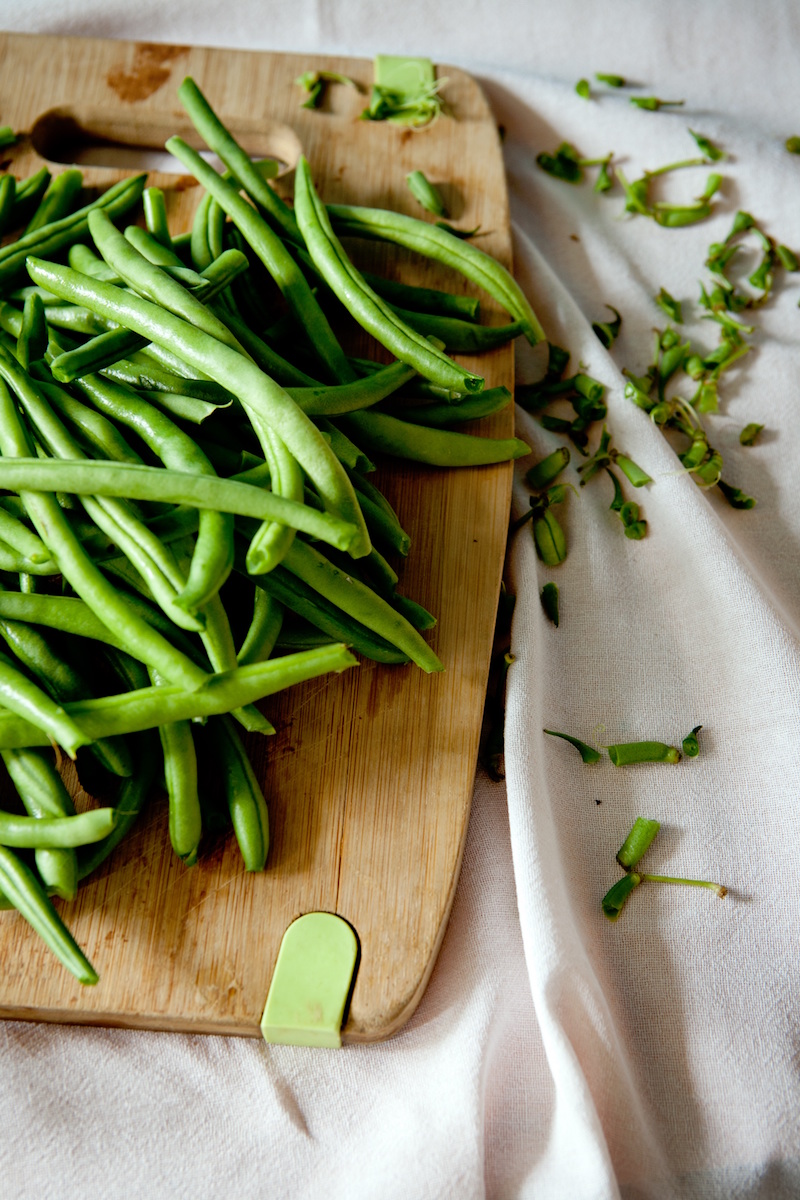
I was writing a book about the local food movement in America when I met the two women who founded Edible magazines. They asked if I wanted to start one for the New York region. I had just moved to Sag Harbor and running an Edible magazine seemed like an ideal job that I could do from home; it would allow me to tend my garden, and my wife and I to start a family. Since we launched our Edible, the national network has grown from 3 magazines to 90 in the United States and Canada, all with the mission to chronicle and celebrate local food and drink makers. There is no question that this community of magazines has played a role in putting food issues in front of more Americans.
What is your favorite aspect of the Edible brand?
I love its wide appeal; the way that appreciation of Edible magazines cuts across red state-blue state lines. The magazines thrive in small towns and big cities, on the coast and in the heartland, and that’s because the interest and enthusiasm in our food is truly universal. That also means that wherever I go I encounter praise and love for the magazines. People say they swoon over our photography, love the feel of our non-glossy paper stock, and look forward to the fact that every story is about one of your neighbors. We run into people all the time who say they have every issue we’ve ever printed on their bookshelf.
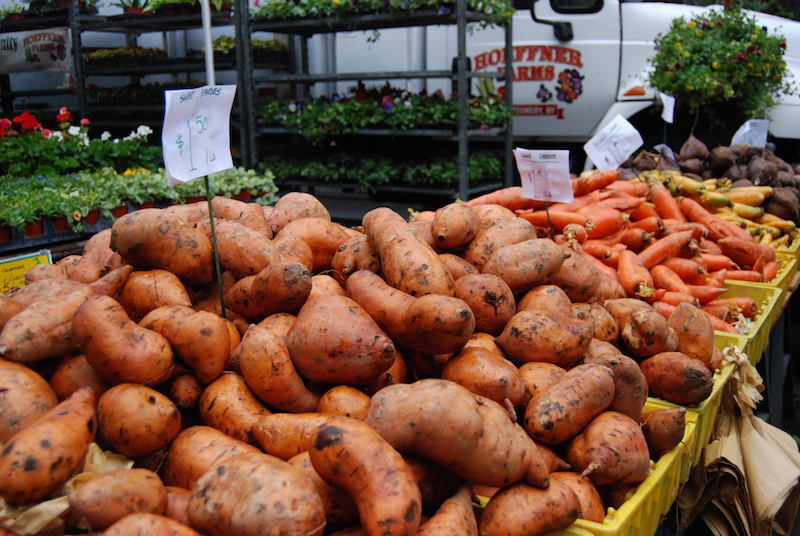
via Emy Kane
What trends have you seen in food innovation on the East Coast and nationally?
From where I sit, reading Edible magazines from all over the country, I’ve been able to witness virtually every food and farming trend over the last 10 years as it unfolds, from kombucha and kimchi to bitter cocktails and session ales. I have been blown away by how rapidly school gardens, farm-to-table cafeteria food, and food education in general has spread. As we witnessed on the East End, once one school has a garden and greenhouse every neighboring school gets jealous and parents and teachers mobilize to get their own garden and greenhouse. After there’s a critical mass, schools start collaborating and sharing best practices and what seemed daunting just a few years before becomes a standard expectation. The next wave of innovation that I hope to see on the education front is working food literacy into everyday classroom activities. One trend that isn’t as hopeful is that new farmers still struggle to find farmland and to break into the business; farmland values continue to go up in the face of nearby development and poor land planning and that makes it harder and harder to preserve and protect that farmland.
What do you think is the most important thing people can do with policy on a local level to help change the current food system?
I am putting a lot of faith in food education these days.
If we can prioritize food literacy at the local level, making basic nutrition and cooking and gardening skills a priority just like reading, writing, and arithmetic, we will change the face of our nation.
Health care costs will drop as we collectively eat better. The next generation of farmers will keep ecological goals in mind alongside production goals. And the voting public, the eating public, will support good food policy at every level of government. I’m thrilled to see that so many of the good food movement efforts from Tom Colicchio‘s Food Policy Action to Chefs Collaborative’s policy initiatives to Arabella Advisors’ impact investing are prioritizing food education and efforts with kids.
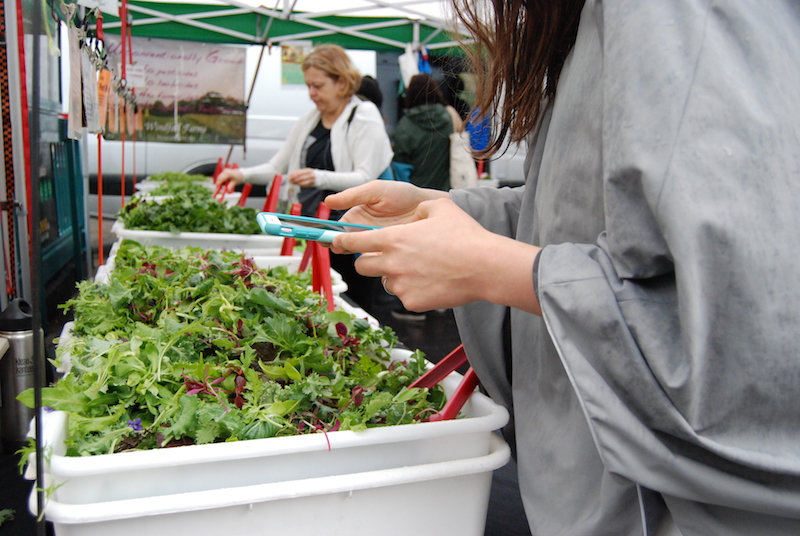
via Emy Kane
Can you talk about the LI Food Lab and what it hopes to achieve?
The Food Lab is a new academic center devoted to food literacy. It’s based at Stony Brook Southampton where we have a teaching kitchen, an incubator kitchen, a greenhouse and garden, and other incredible facilities; we’re starting to offer courses in gardening, cooking, and basic food skills. We are already offering a Food Studies 101 course for all SUNY students and we just launched our first course that teaches basic nutrition and cooking to home healthcare professionals. Our next courses will focus on school food employees, more advanced courses for healthcare professionals, and a master gardening course for the general public. The Food Lab is designed to be a hub and clearinghouse for the ecosystem food education programs around the nation and the globe, where anyone can come and see what food education opportunities are available in their area and for their needs.

via @ Emy Kane
What is next for you? Where do you see yourself in the food space in five or ten years?
I am looking at a few major challenges. First, Edible is still making the precarious transition from print to digital. We are part of the way there, but we need to keep pushing to offer our readers everything they want on screens and enhance our live event experiences even more. Millennial readers, the most food interested generation ever, tell us two things: they absorb everything digitally, and they prioritize experiences, not things. Second, I am working on a book on how technology is transforming our food chain and food culture. I’m asking if and how this will make us better eaters and usher in an era of sustainable farming. These are questions I don’t think are being asked despite the roaring interest in foodtech. Finally, we need to find lasting support for the Food Lab so that we can build food literacy courses more rapidly and enhance that ecosystem more fully. Food literacy is an urgent neglected issue and we want to be at the front of the solution.
What inspires you the most about food sustainability on a local and global scale?
I suppose I am still inspired by the same unique qualities of food that got me interested a couple of decades ago. That the way we grow food and feed ourselves touches virtually every aspect of our lives–from our own health and the quality of our landscape to how our neighbors make a living. You cannot say that about the garment industry or mobile tech or really anything else–except maybe art.
Our food is the foundation of improving our own health and restoring the health of the planet.
Plus, at the end of it all, you get to sit down and eat.

